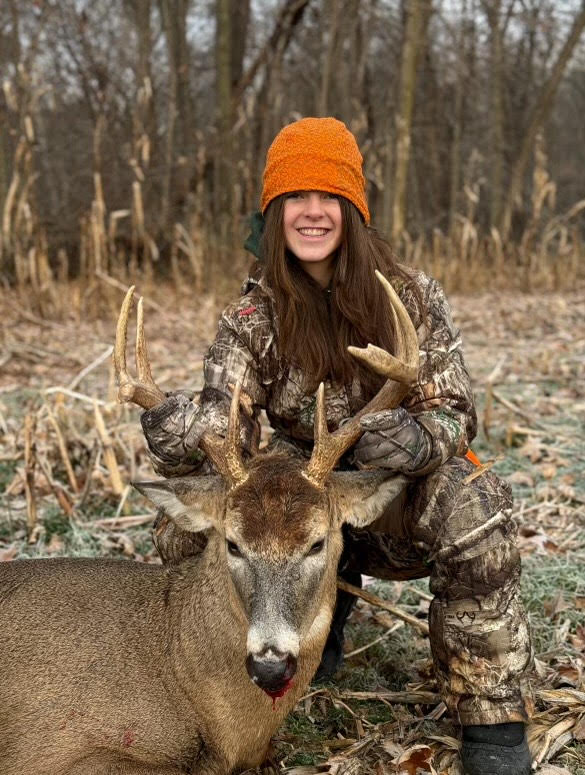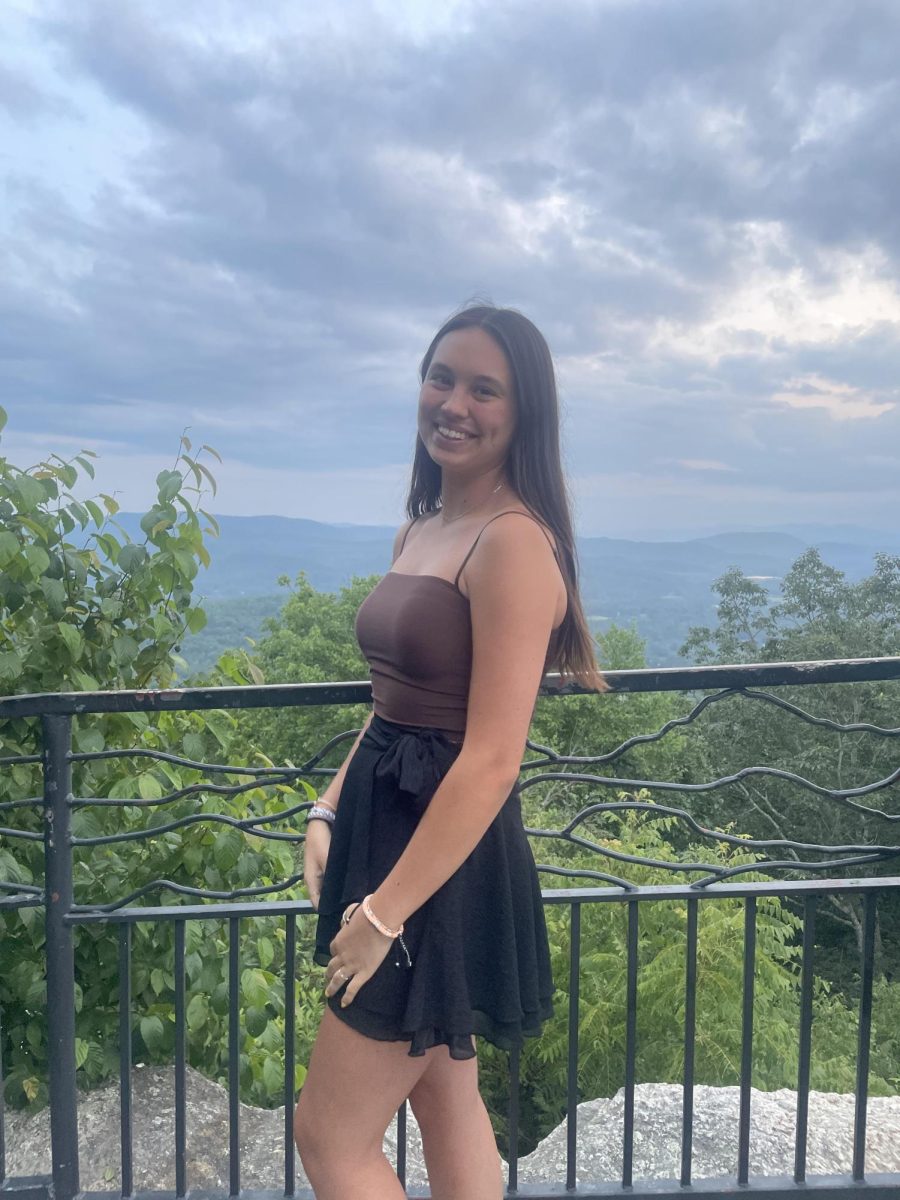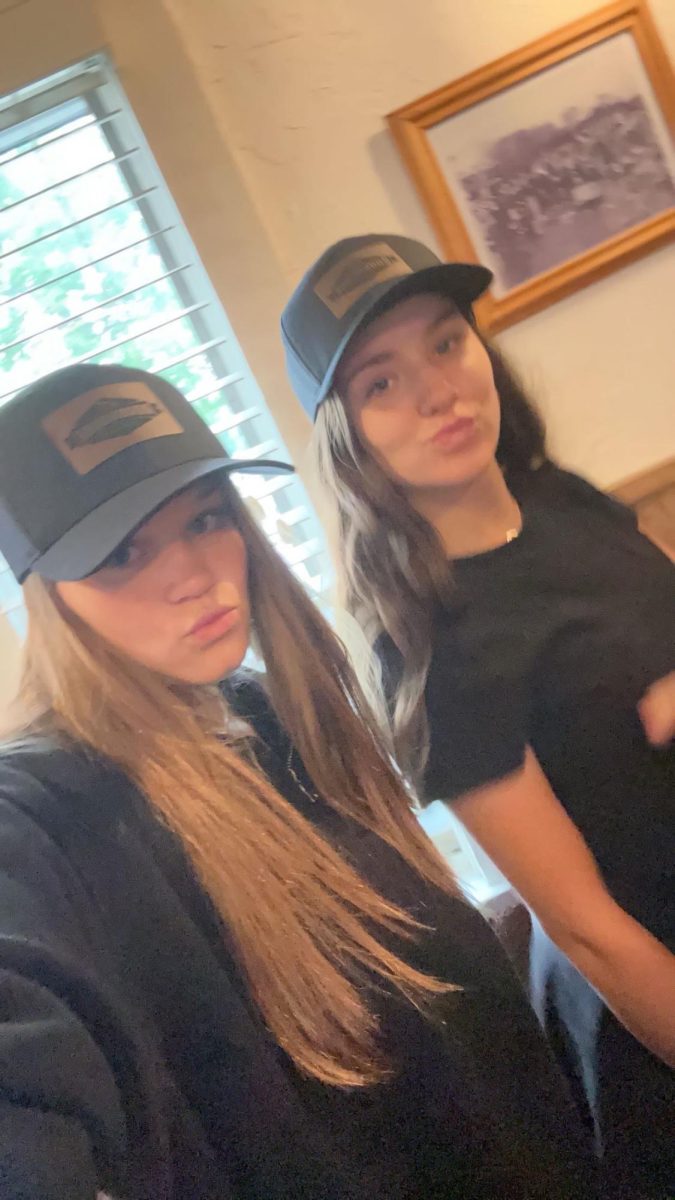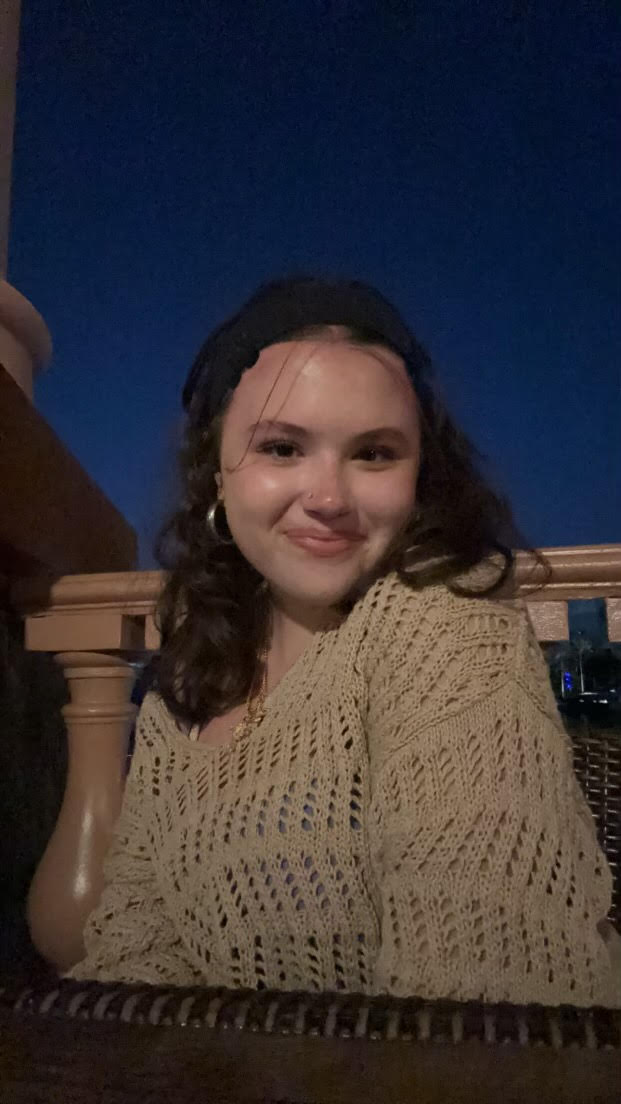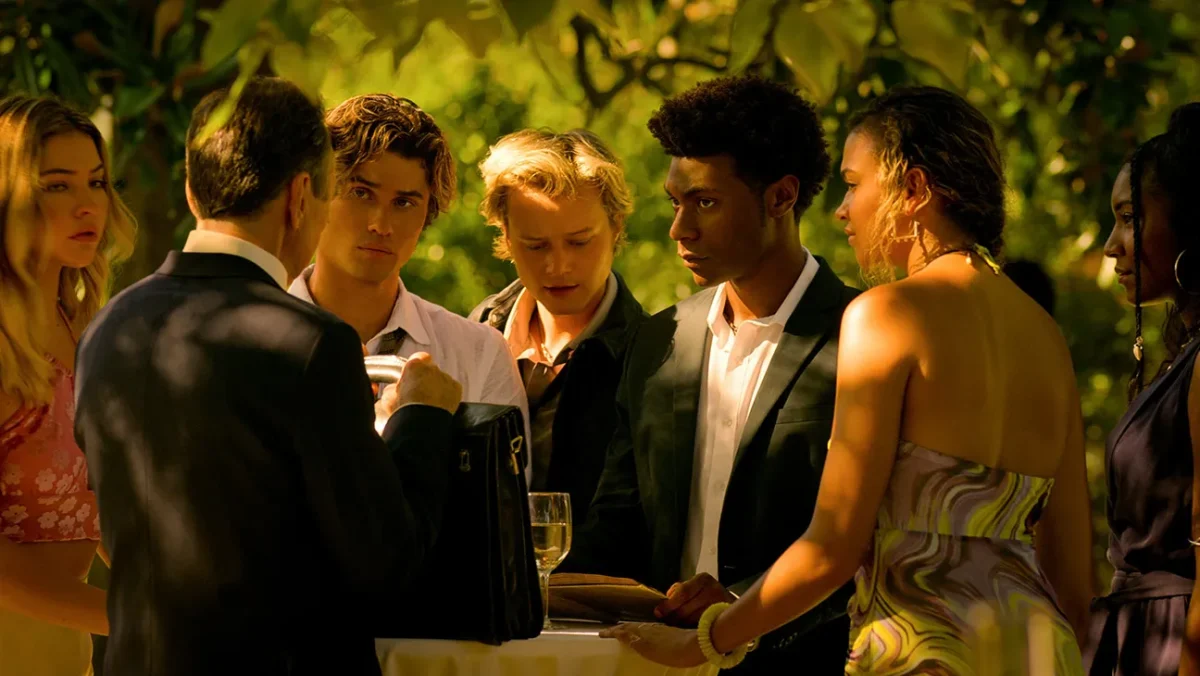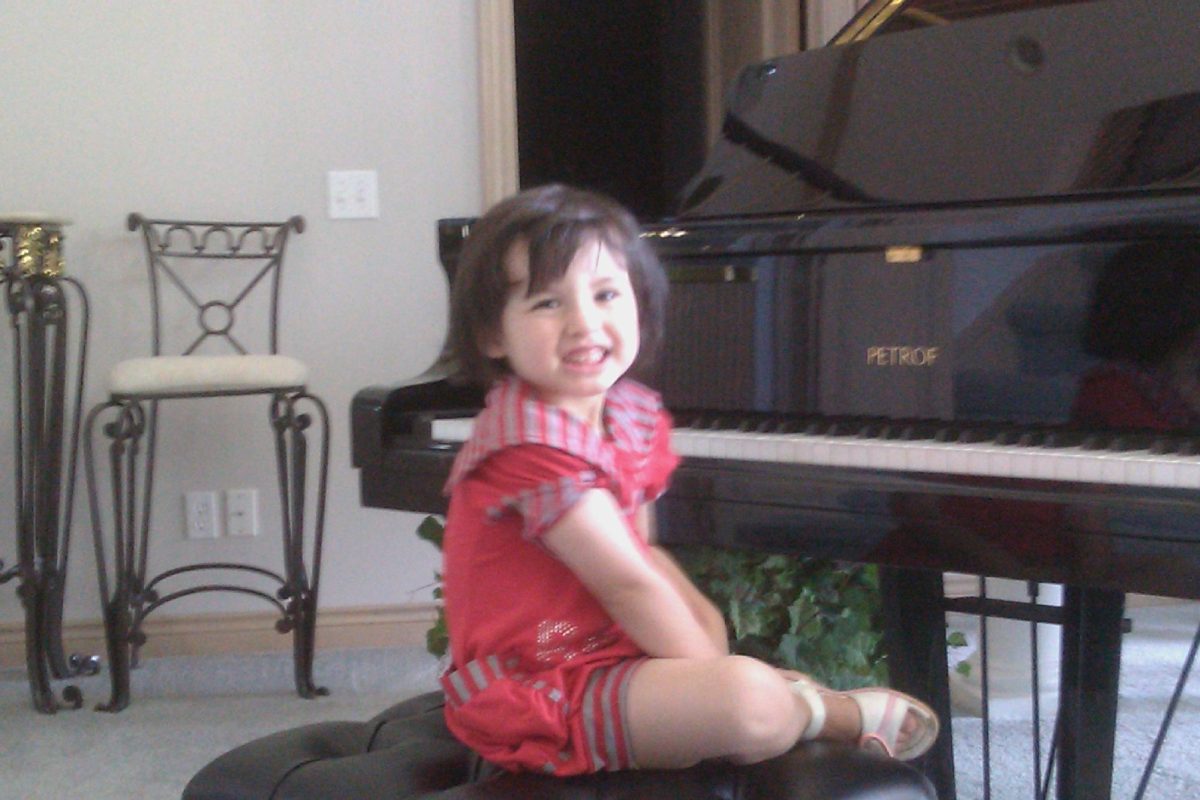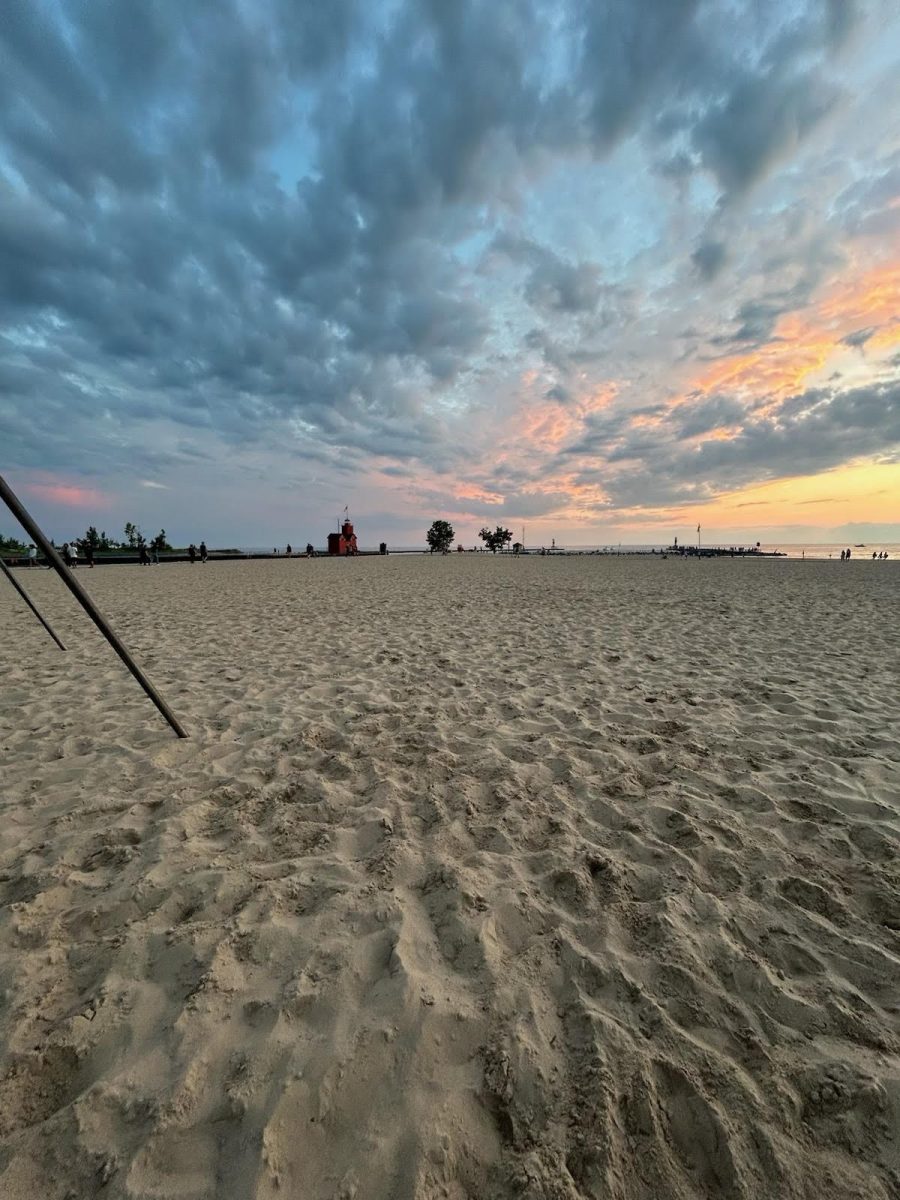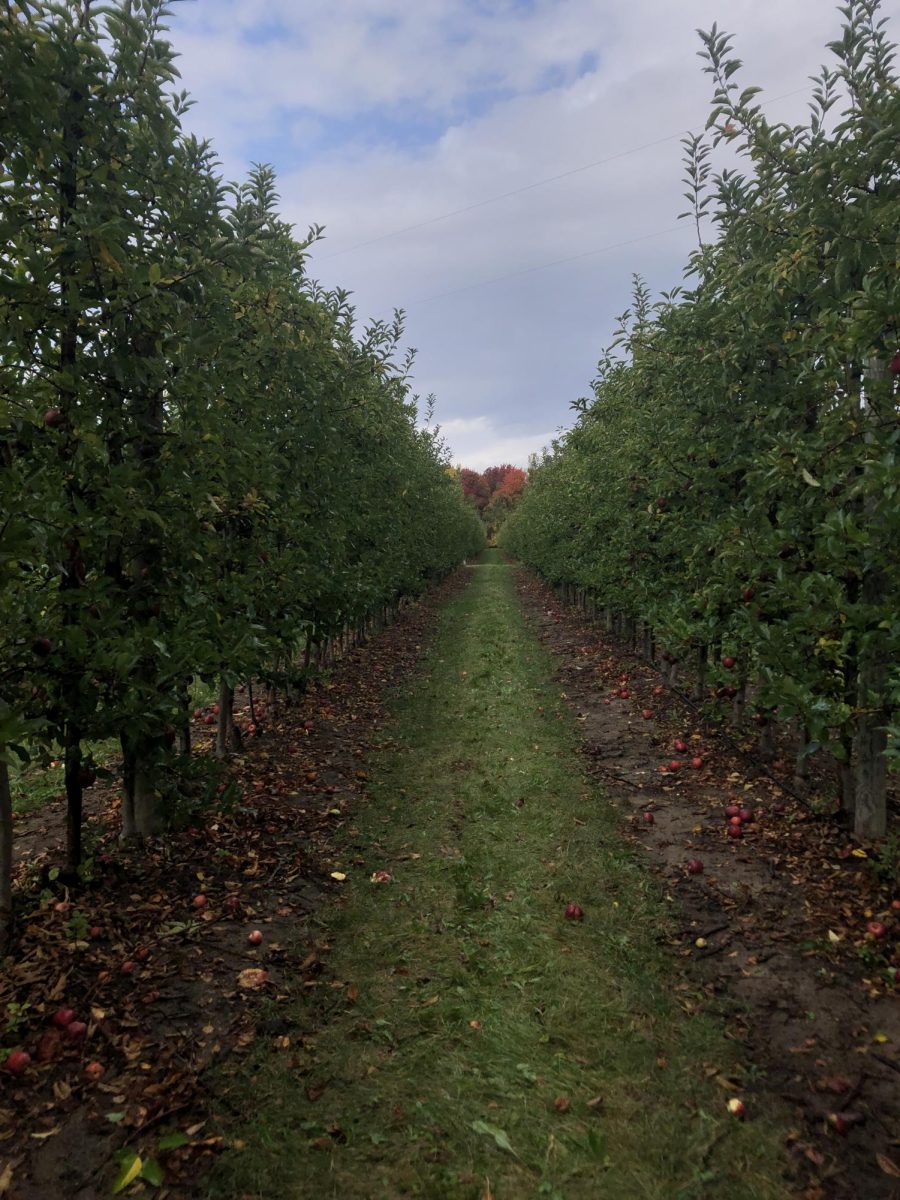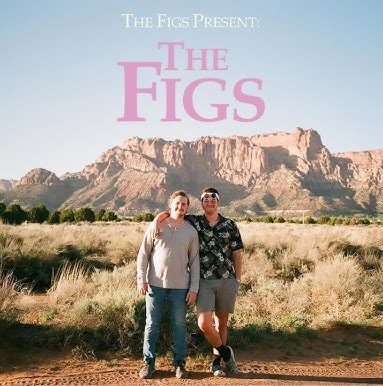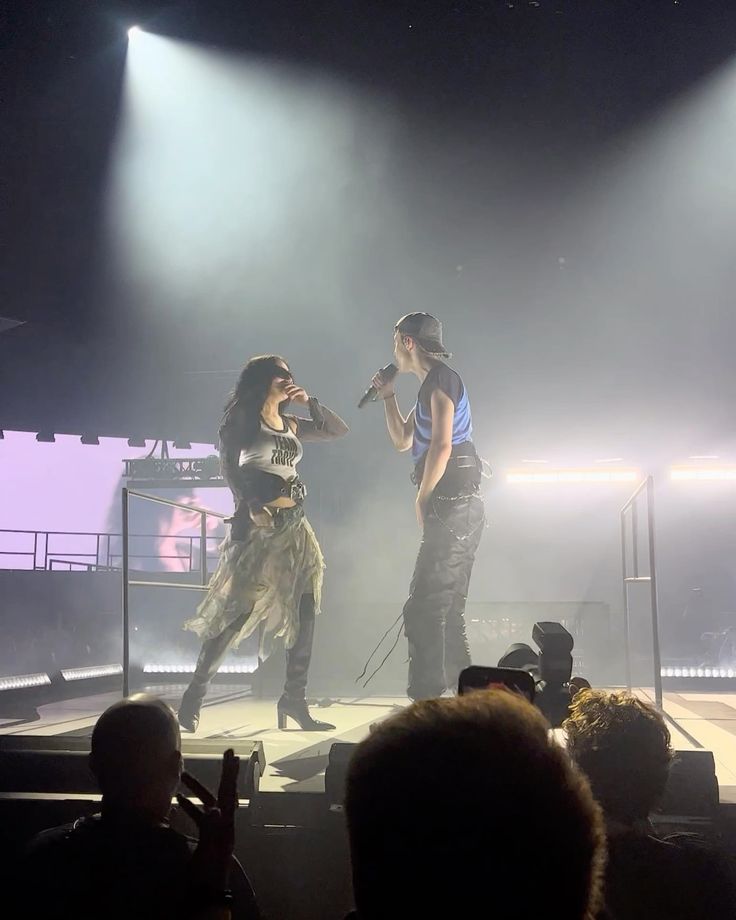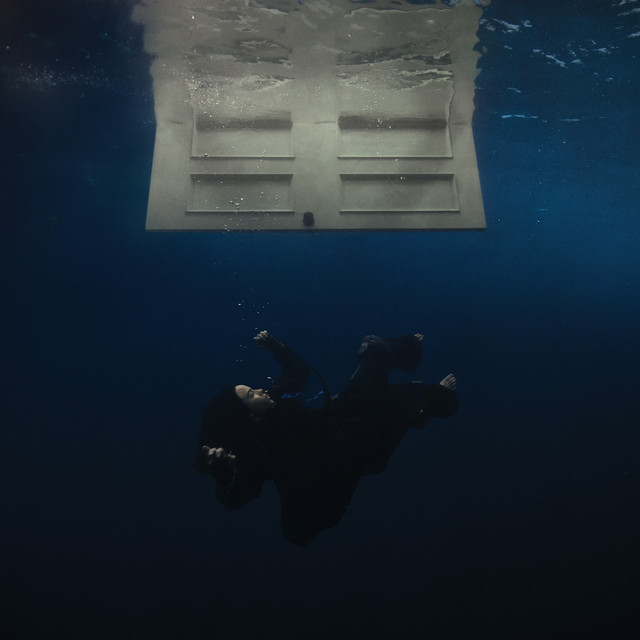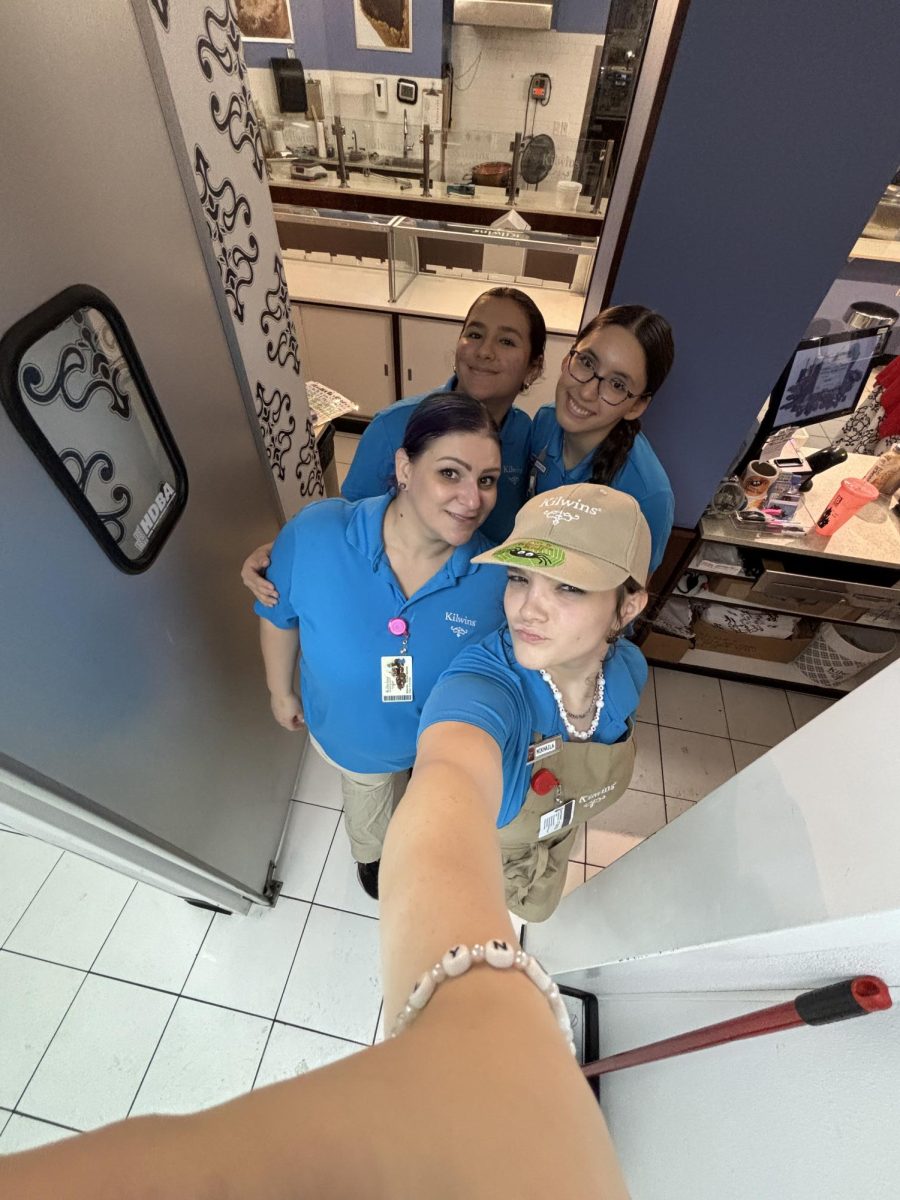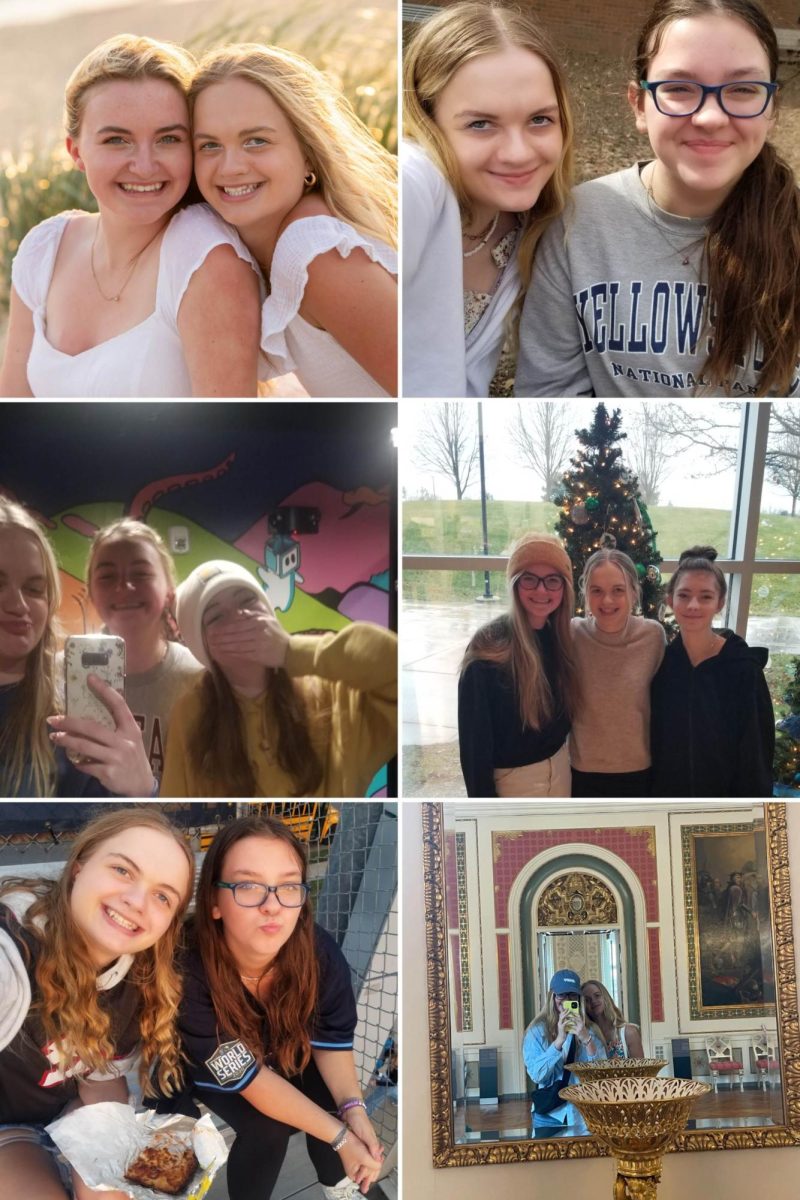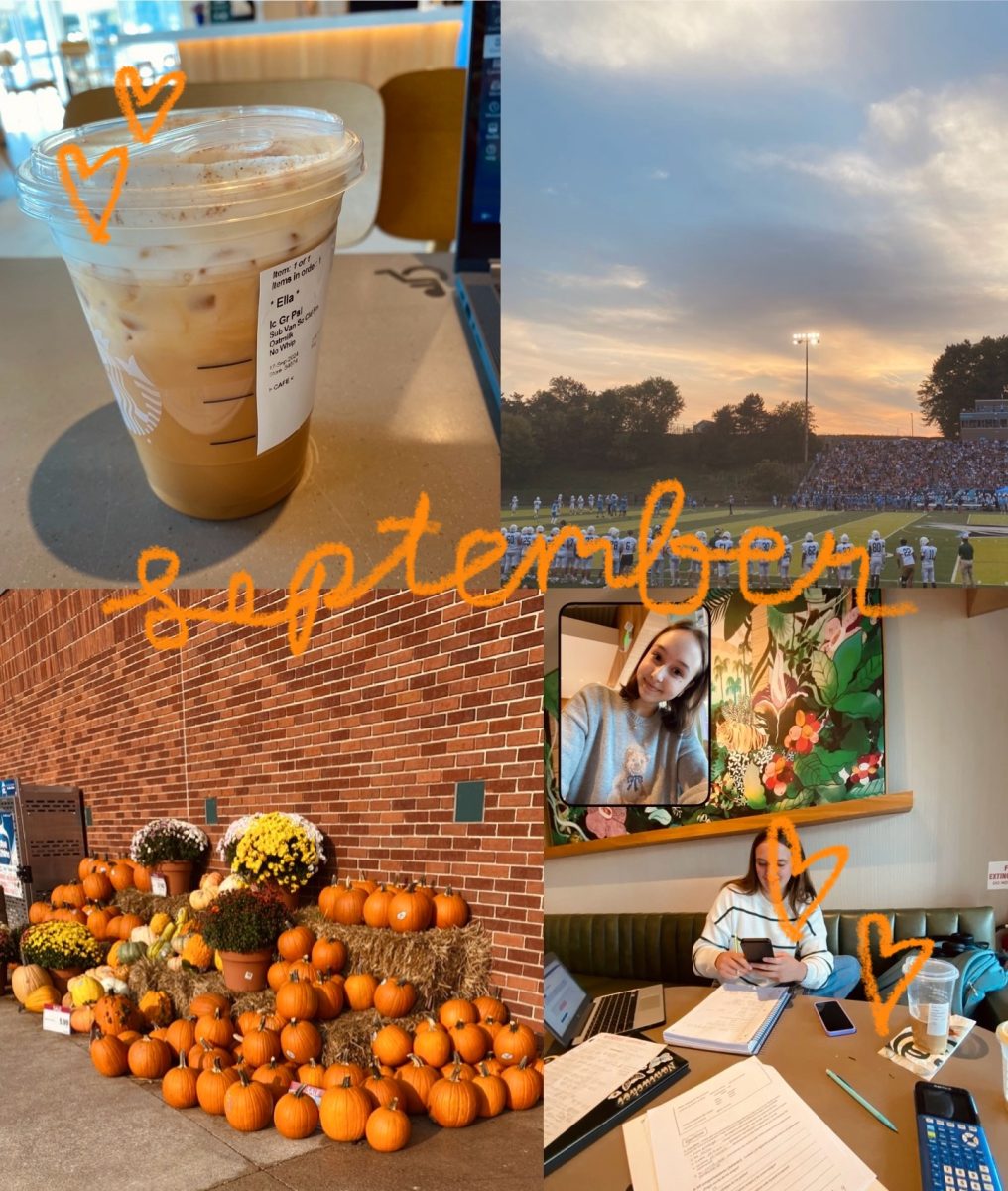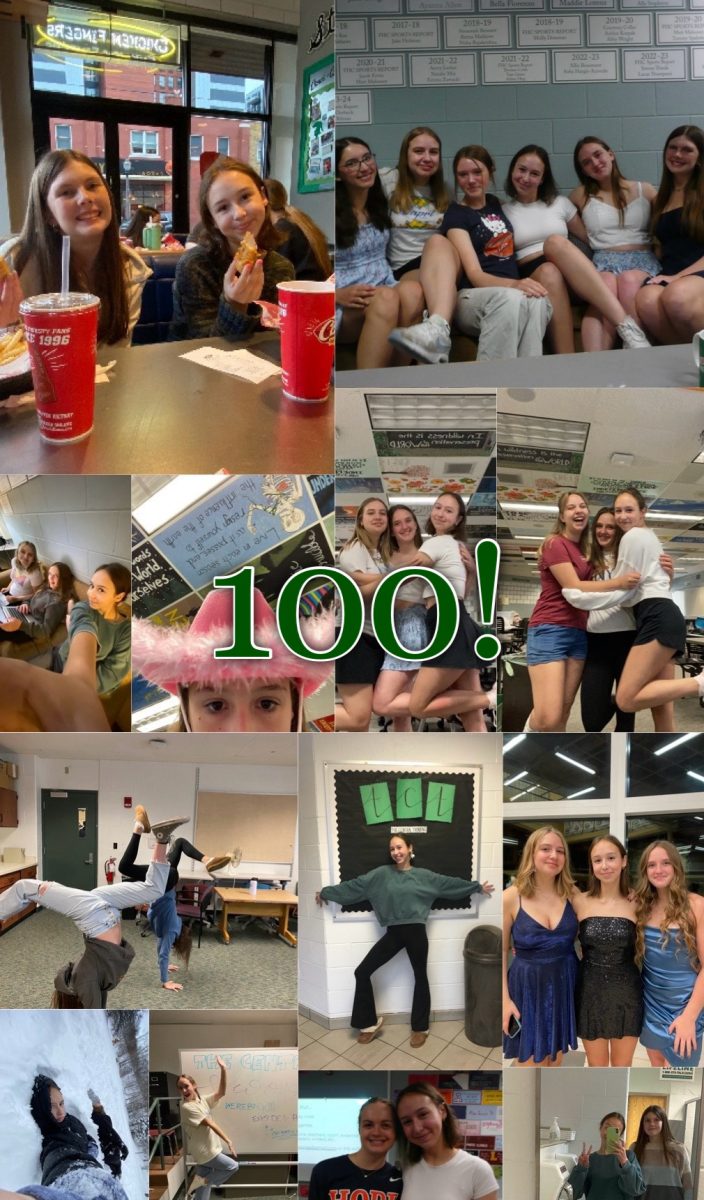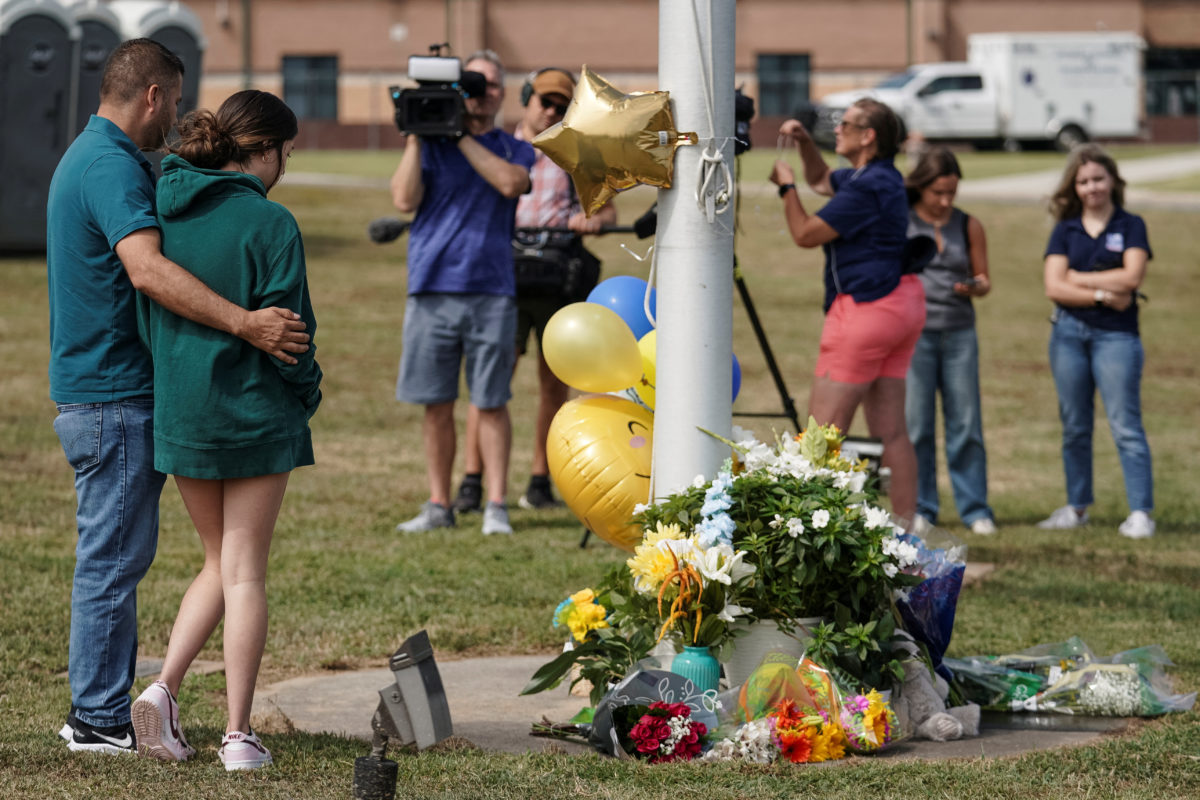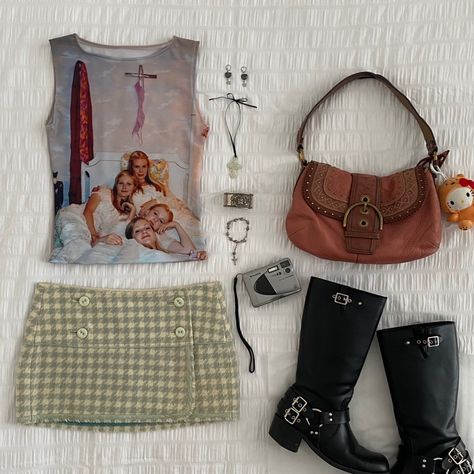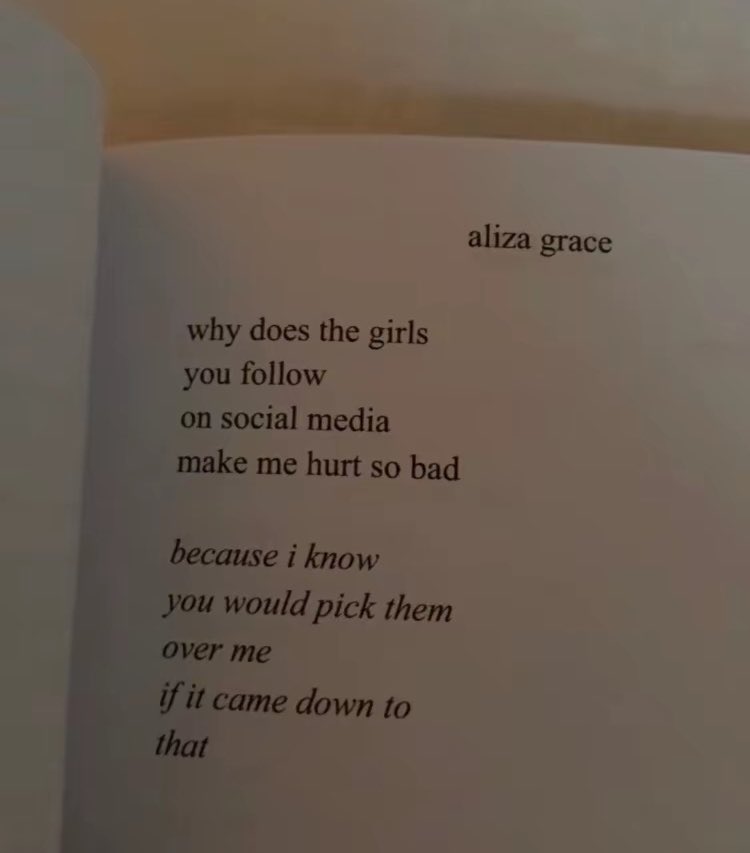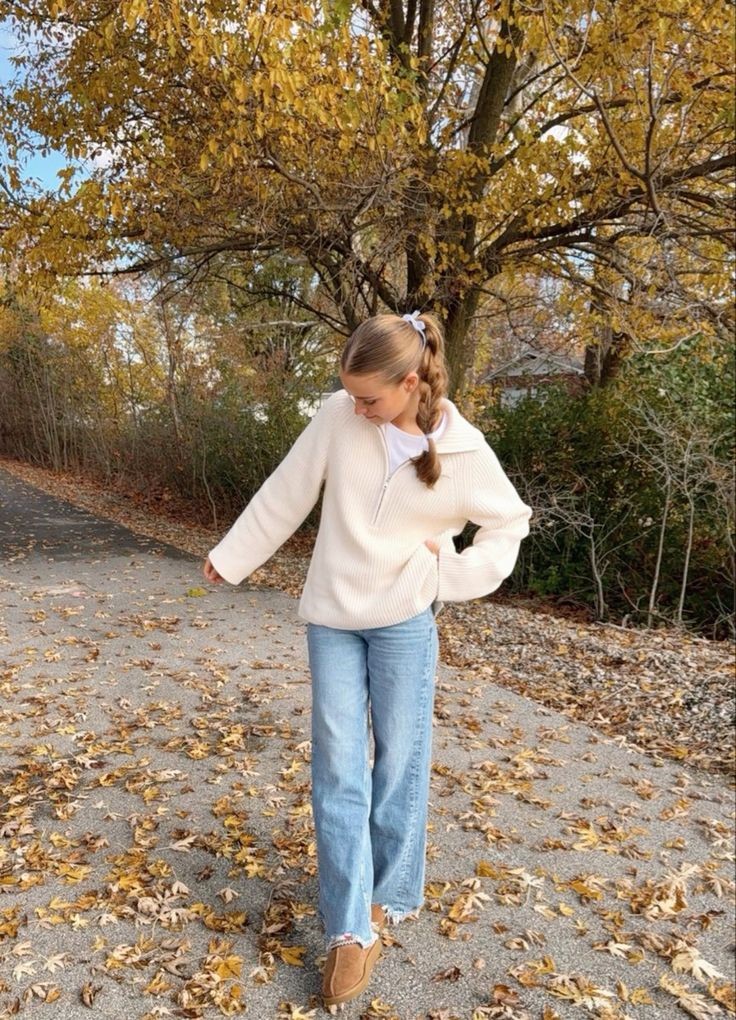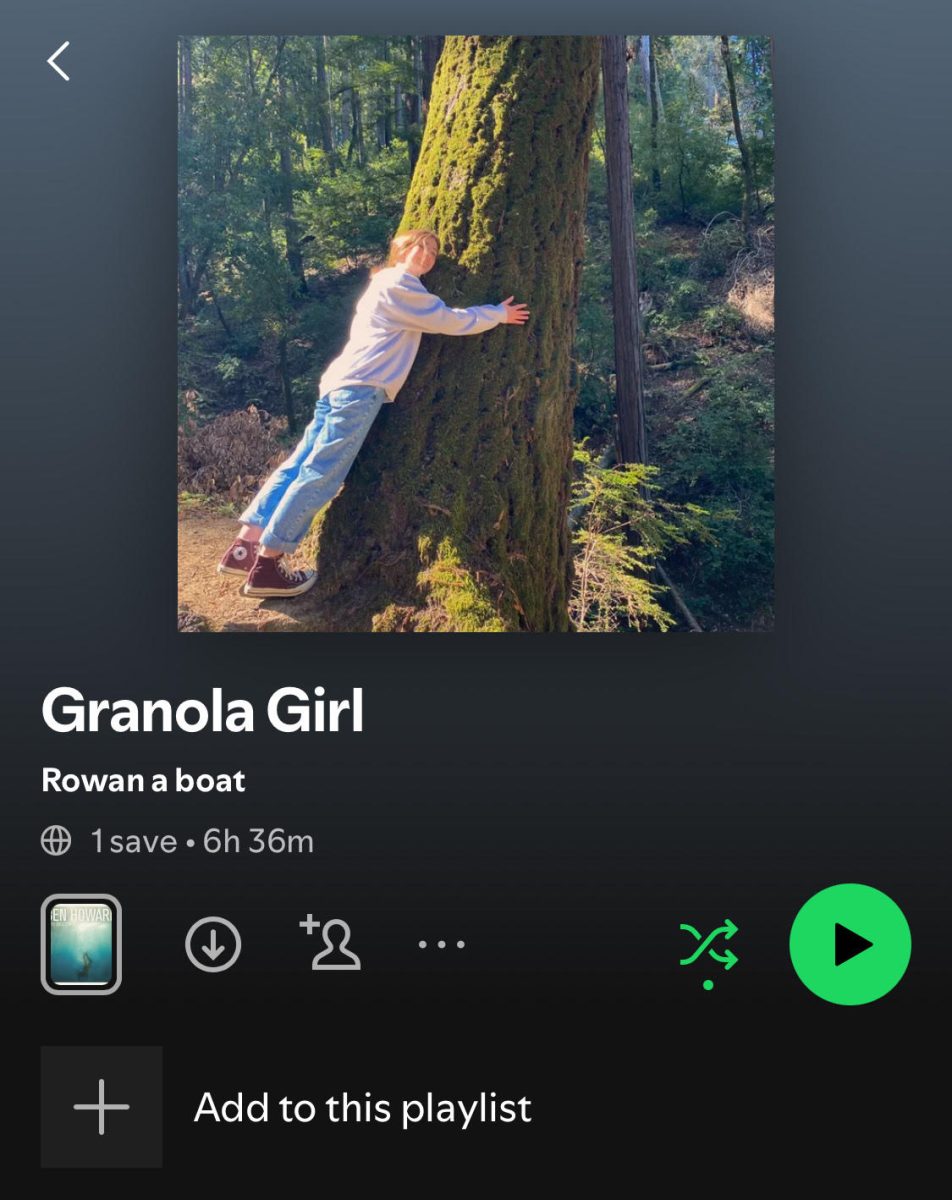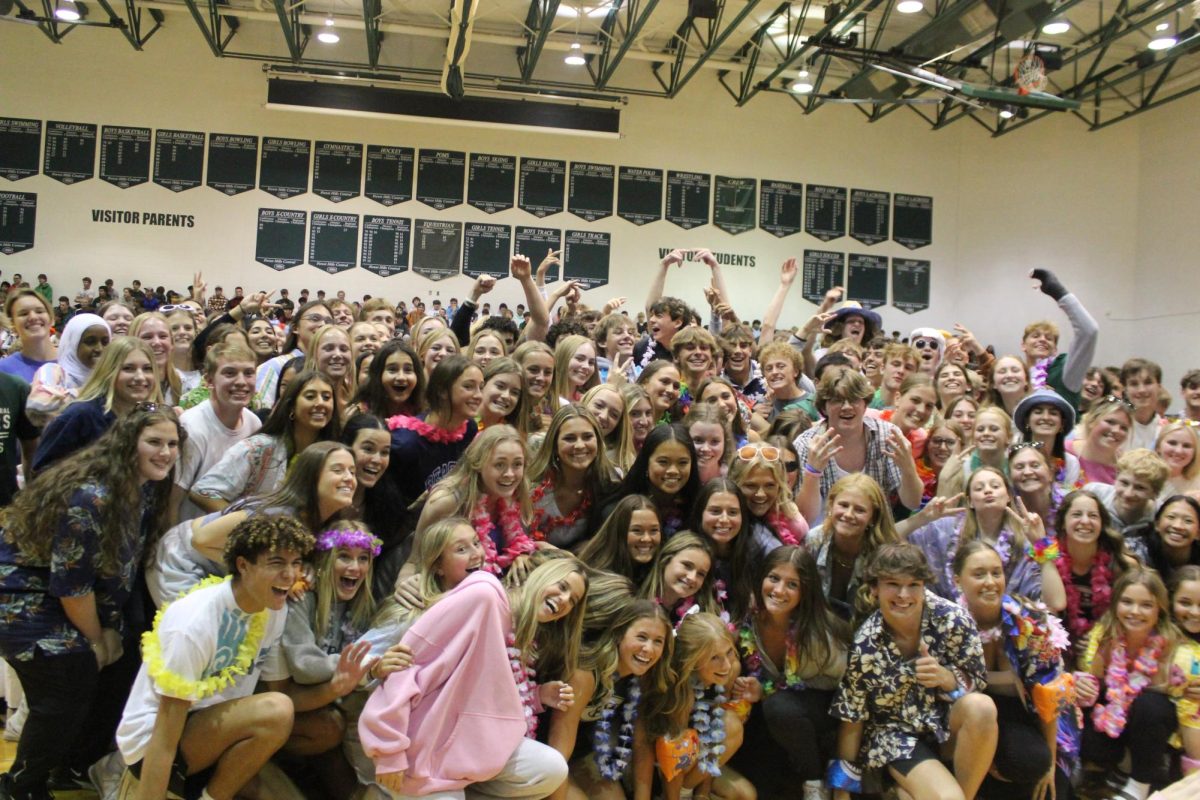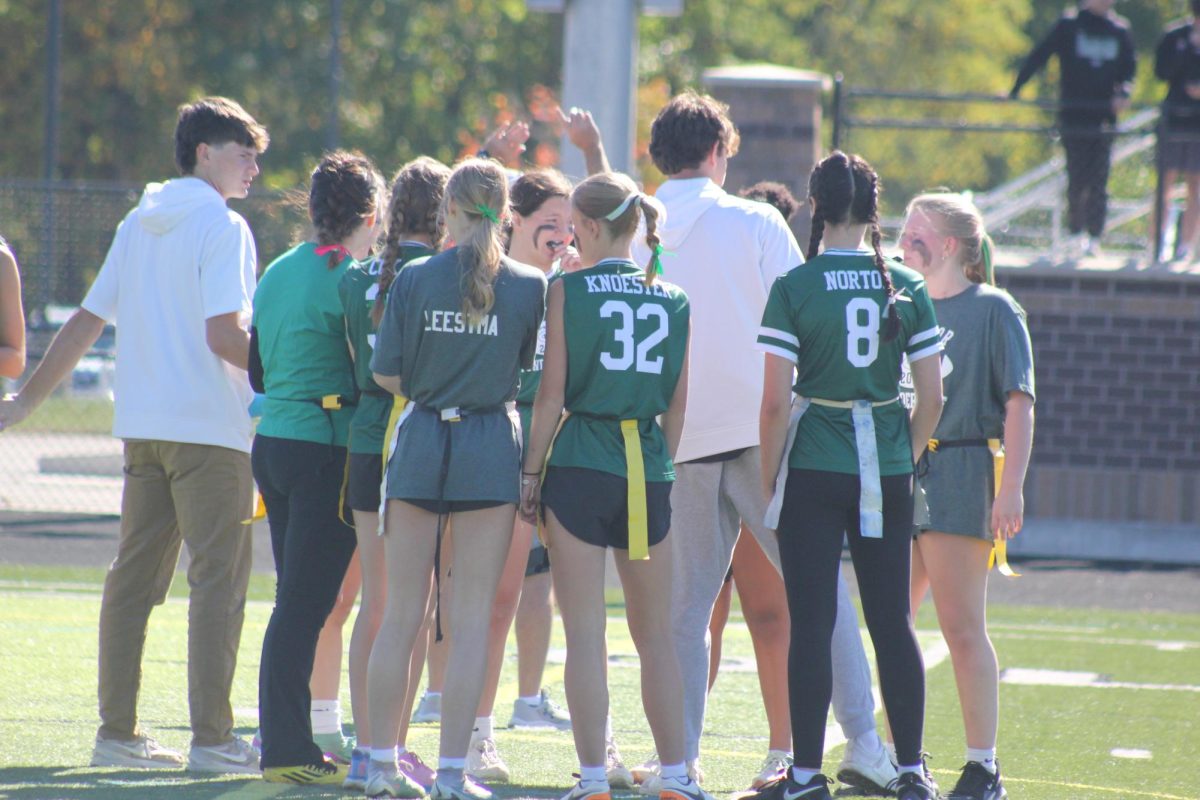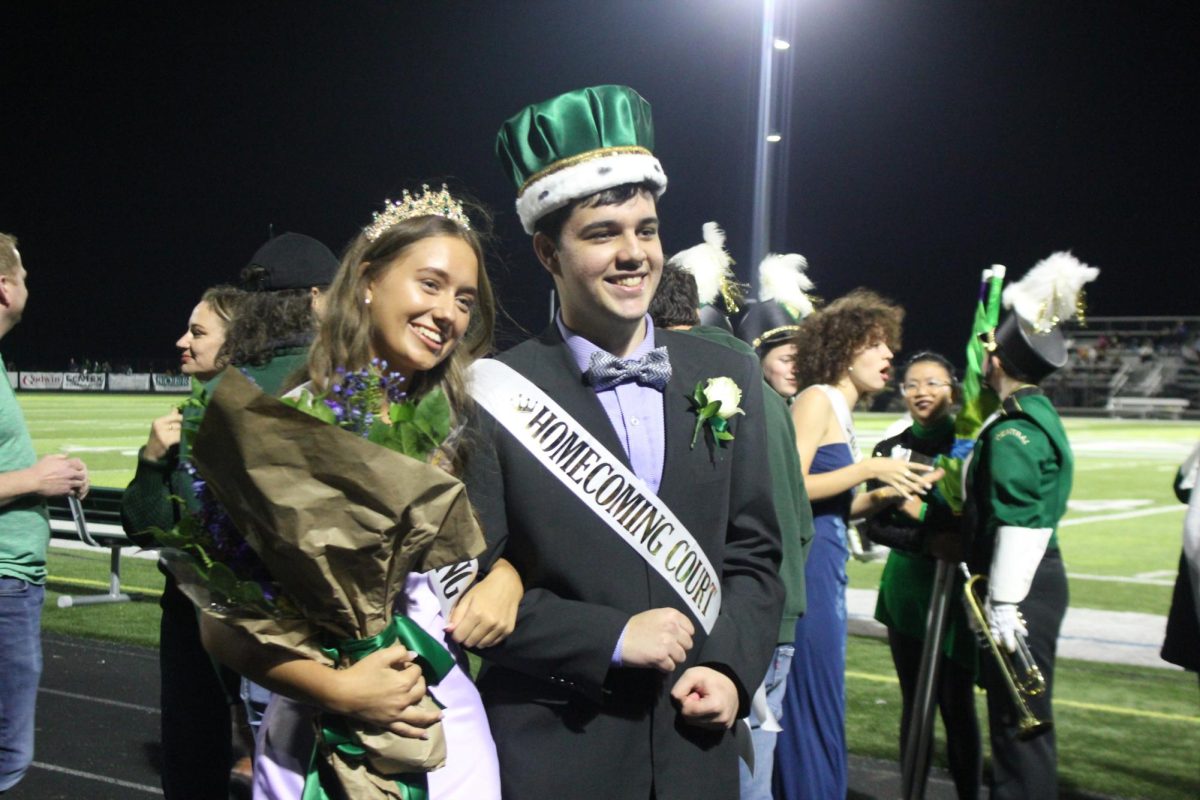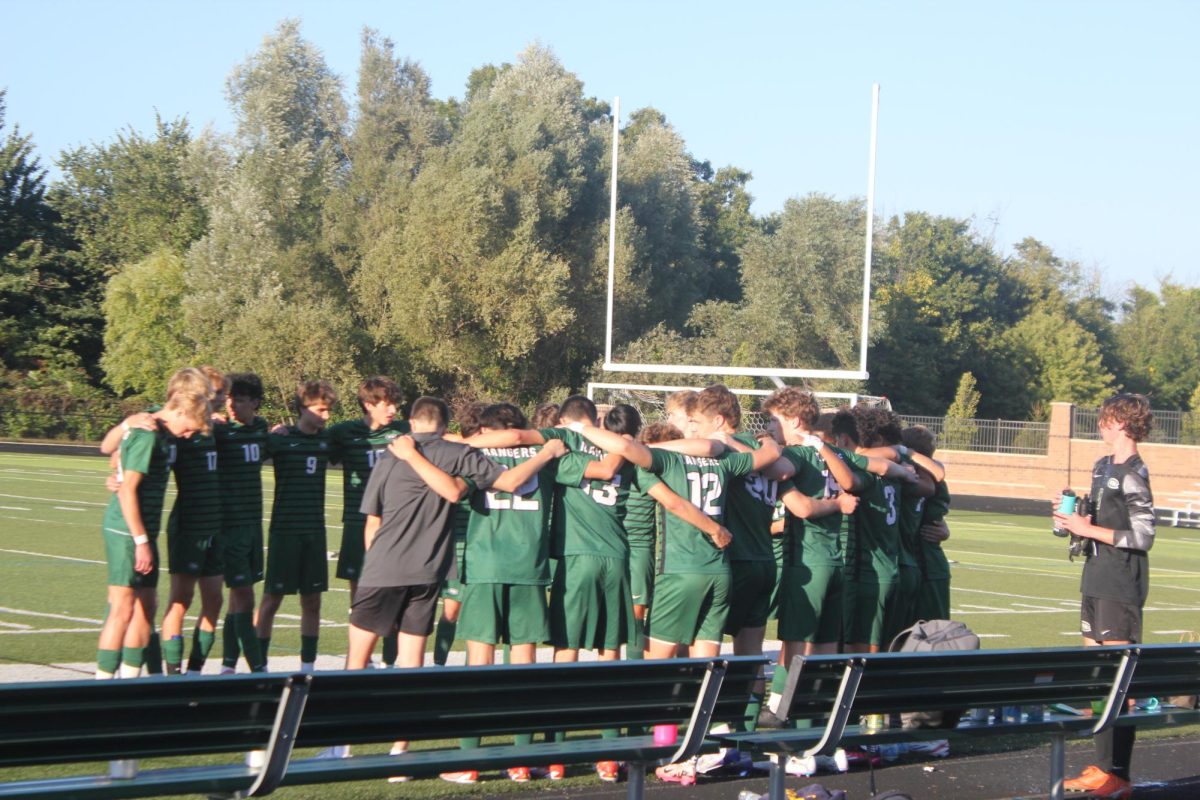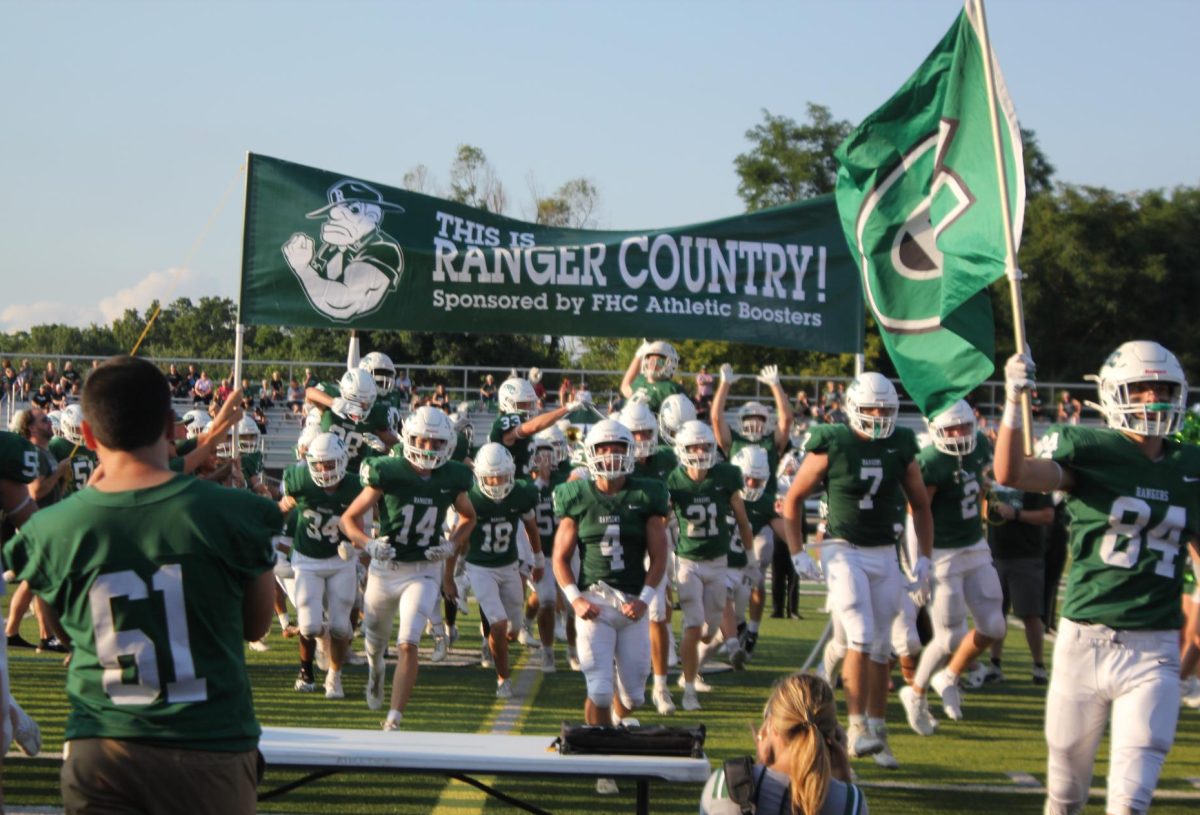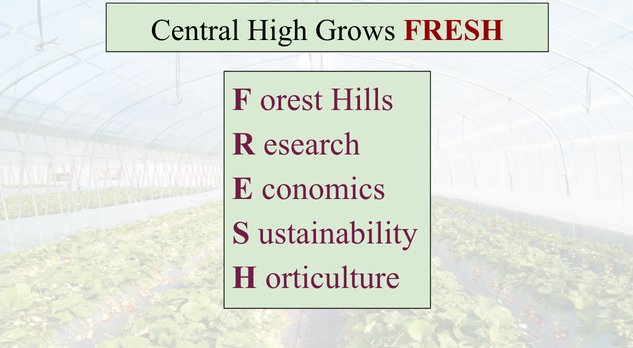FHC to implement greenhouse for both students and community
FHC teacher Chad Scholten spent part of his junior high and high school days working on a produce farm. He spent time raising, cultivating, and harvesting plants in preparation to sell them at a farmer’s market. Several years later, Scholten began teaching AP Environmental Science (APES), passing on his passion for the environment to his students; however, Scholten wanted something more. Something that his students could use hands-on, which led to his idea to build a greenhouse for the FHC community.
“My goal of this project was to have something we have during the school year and not in the summer time,” Scholten said. “The greenhouse will be used for several different classes at FHC, like APES, chemistry, biology, and geology; however, we don’t want to limit it to just the science department. The Health classes could use it to talk about nutrition, and the woodshop classes can help in the greenhouse’s construction.”
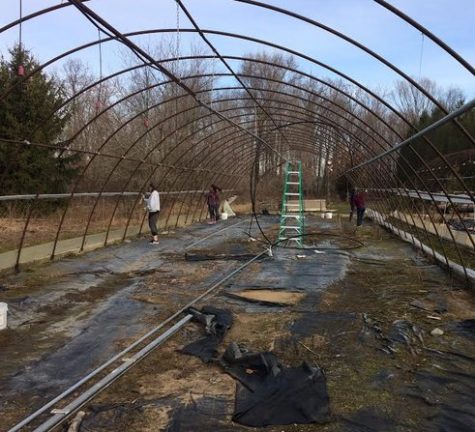
Senior Thomas (Tommy) Barfuss is one of Scholten’s independent study students, a time dedicated to further study different aspects of the environment. At the beginning of the semester, Scholten approached Tommy and another one of Scholten’s independent study students, senior Ally Brown, about the possible creation of the greenhouse.
Currently, as Scholten’s independent study student, Tommy is studying meteorology. However, Tommy, as well as Ally, assisted Scholten in the greenhouse’s preparation and how it will be run during the upcoming school year.
“The greenhouse will serve as an open area where we are growing plants and vegetables,” Tommy said. “It will be used to raise and grow produce to sell, all while being a learning environment for students as a key learning tool.”
Scholten hopes to sell the greenhouse’s produce to the community, similarly to how he sold produce in farmer’s markets. He plans to have the greenhouse sell salad bar items, like lettuce, radishes, and spinaches. The greenhouse will be limited as to what plants can be grown, yet it will be in a controlled climate.
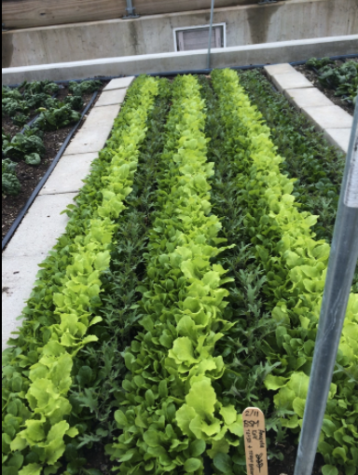
“That way, students can use it while they’re in session,” Scholten said. “We’re going to use the insulating temperature of the ground to regulate the greenhouse through geothermal. If we run air underground to the greenhouse through tubes, we can regulate the temperature of the greenhouse, [ultimately] allowing students to still use it during the cold winter months.”
The greenhouse will be roughly 25 feet by 50 feet and will be in a hoop-house style. The frame of the greenhouse was donated to FHC from Koetsier’s Greenhouse in late February. Recently, Forest Hills Foundation gave the grant to go toward the greenhouse’s materials.
Now, during the spring season, Tommy and Ally spend time during their independent study hour removing any rust and cleaning its frame.
Though the greenhouse’s name is still to be determined, it will be kept East of the CHS. Inside the greenhouse, raised flower beds will be placed, allowing Scholten and other classes to change the soils and fertilizers, further allowing for several variables to use for research.
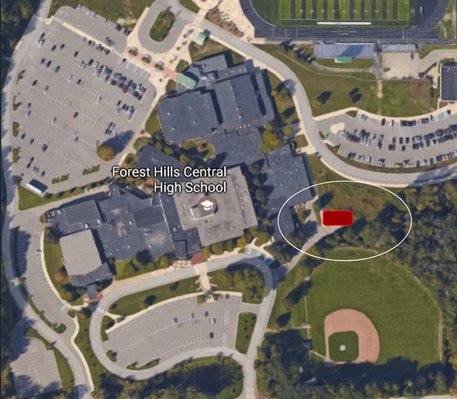
“The immediate community [for this project] are the students, as they will use it for academic purposes,” Scholten said. “We can have family members to buy our plants from us. We’re not looking to make a lot of profit, but whatever profit we do make will be put back into the greenhouse to add more to it.”
As mentioned before, Scholten teaches APES. During his class, several applications in his class could have involved a greenhouse to do different experiments and studies.
Furthermore, Tommy understands how the greenhouse would have been purposeful while taking Scholten’s APES class, especially with topics of the greenhouse effect and plant growth.
“I think there’s a lot of learning in high school that’s hypothetical,” Tommy said. “We learn a lot of concepts that we don’t get a physical example of. I’m someone who likes and appreciates having something to touch and feel to understand different learning concepts. So, the greenhouse will be very helpful for kids that learn in very tactile ways, and it’s a great way to get kids more involved in the classroom. If the greenhouse is looked at correctly, it can be beneficial for students in several ways.”
The greenhouse will not only teach students healthy food habits but also about sustainability and how things can be built efficiently.
“Something that encompasses our diet and our own health is our diet and how it affects the environment,” Scholten said. “Talking about agriculture and our food choices seem to impact students the most. The greenhouse is an extension of this topic. We need more plants in our diet, and this way, we can have more of them at FHC.”
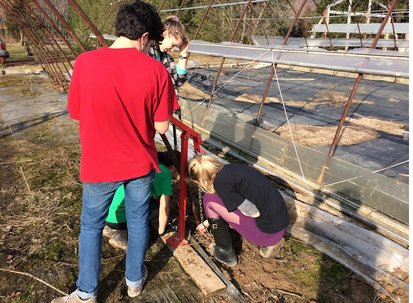
“The goal is to have most, if not all, science classes to use it some way,” Tommy said. “Whether it be in biology to talk about germination and plant growth, or in geology to talk about soil erosion in plants. The idea is to also have key students run the greenhouse by planting and maintaining its produce and then selling it to the community. So, not only is it for the educational aspect but also running and maintaining the greenhouse.”
The hoops of the greenhouse were disassembled by FHC students at Koetsier’s Greenhouse. It was then brought over to FHC. The following students helped with this process include Sloane Rodriguez, Ally Brown, Abby Wolfe, Jared Johnson, Kyla Souza, Irene Yi, Joe Batdorf, Ashley Jenkins, Tommy Barfuss, Ella Stubbart, Nicki Bailey, and Addie Morris.
Both Tommy and Scholten are appreciative of the faculty members and students who have been supportive of the greenhouse to come. If students would like to be involved in the assembly of the greenhouse, they can contact Scholten or stop by his classroom.
“I’m excited about the things we haven’t thought of yet,” Scholten said. “I’m excited about the things we’re going to plant, like lettuces, radishes, and spinaches but also about the things that we don’t know about yet. I like the unknown potential this greenhouse will bring for us.”
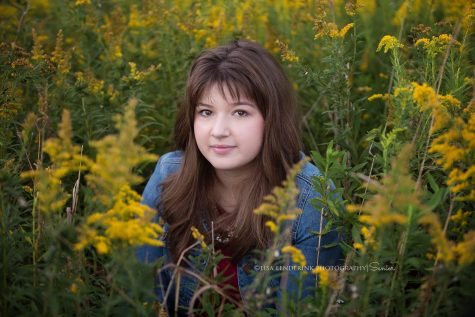
Abby will be entering her second year on staff as a Senior, and will be leading The Central Trend staff as one of the two Editors in Chief. In the near...






